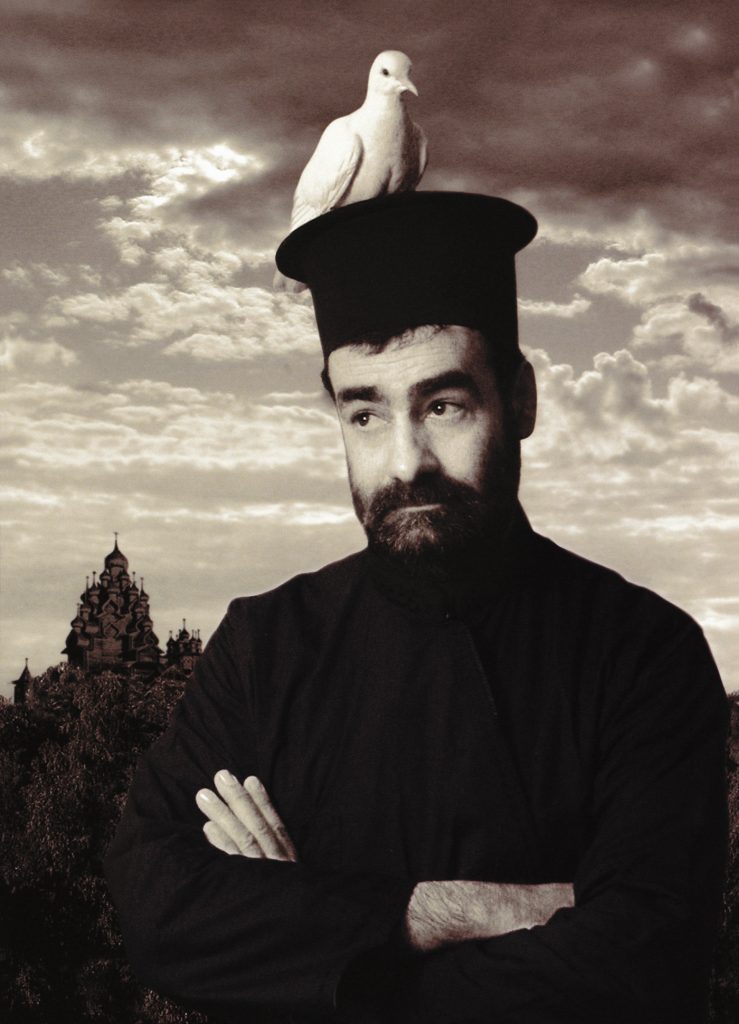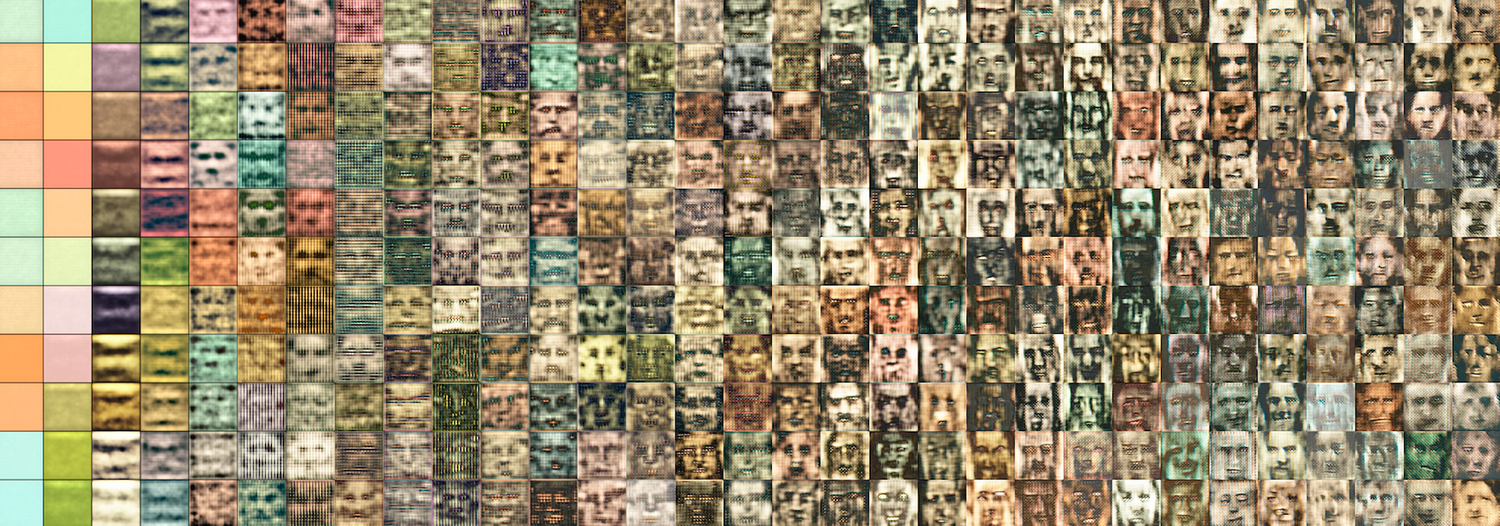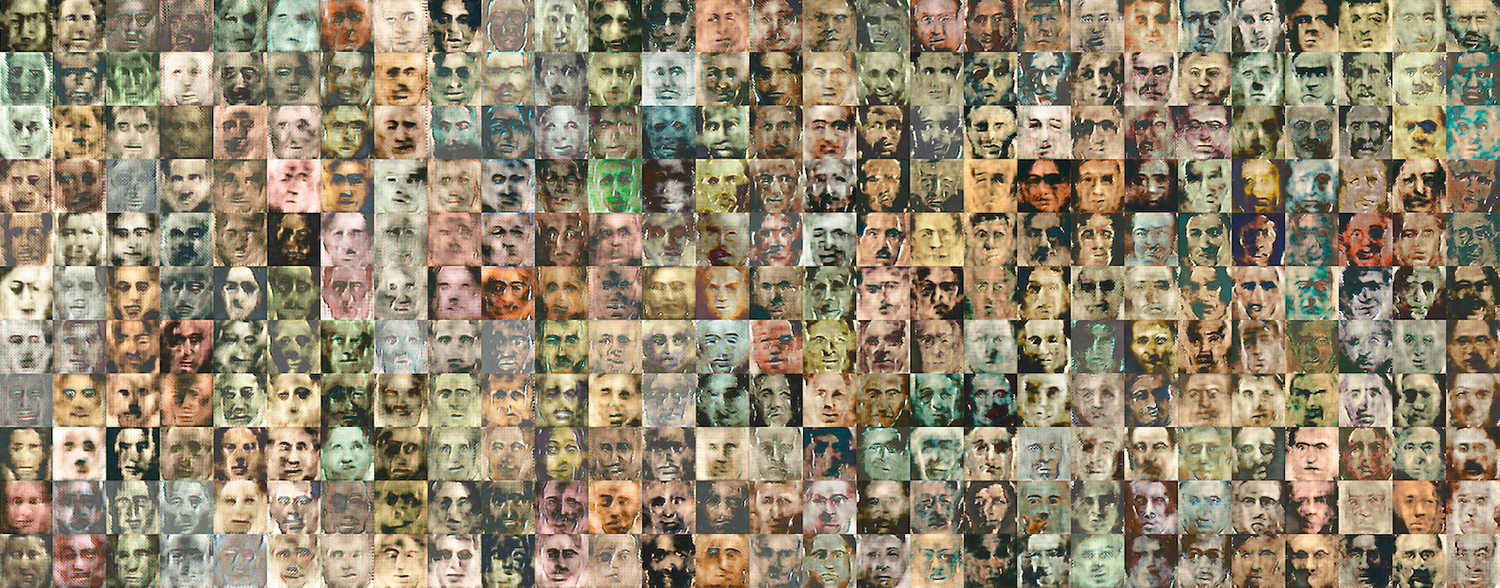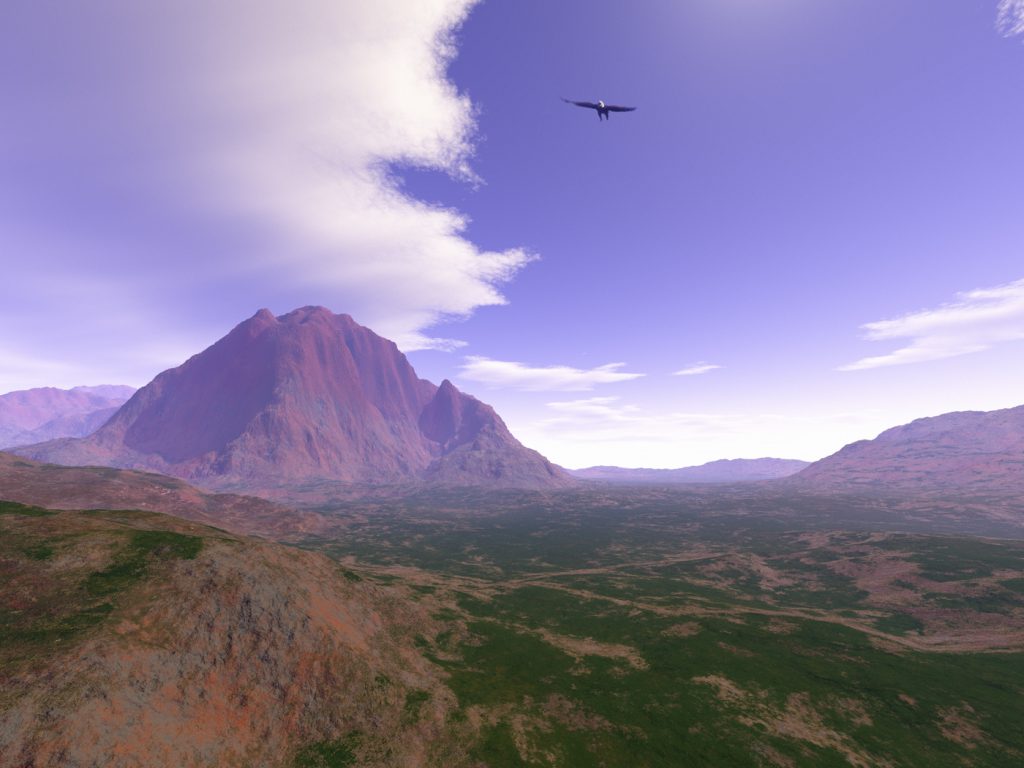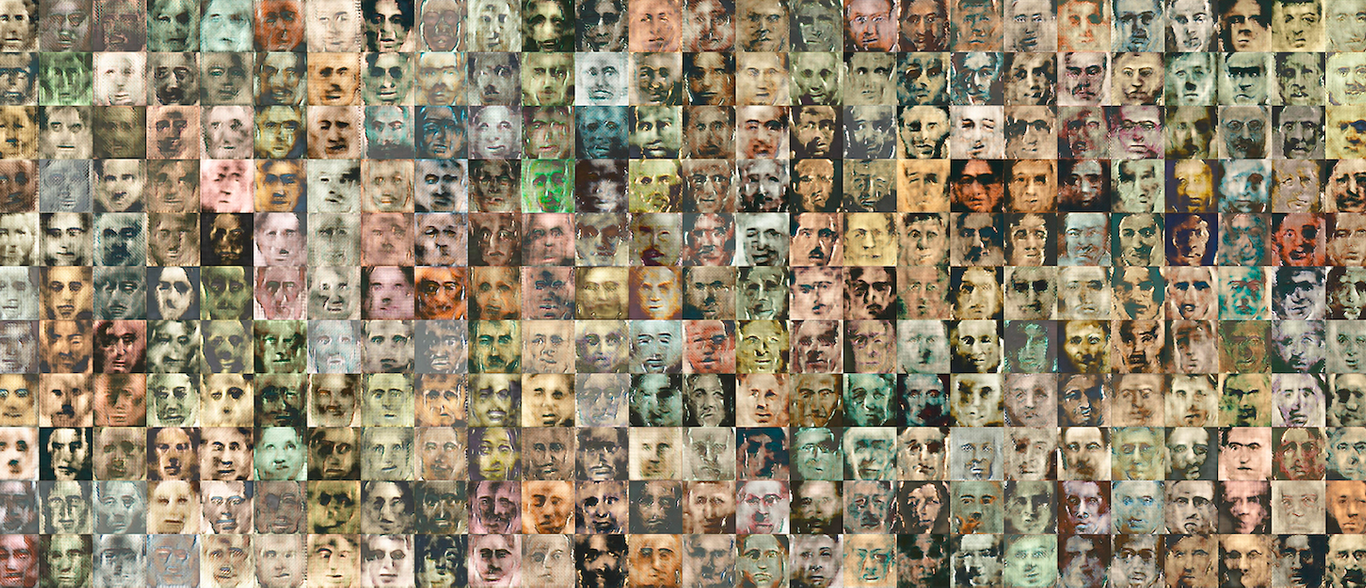
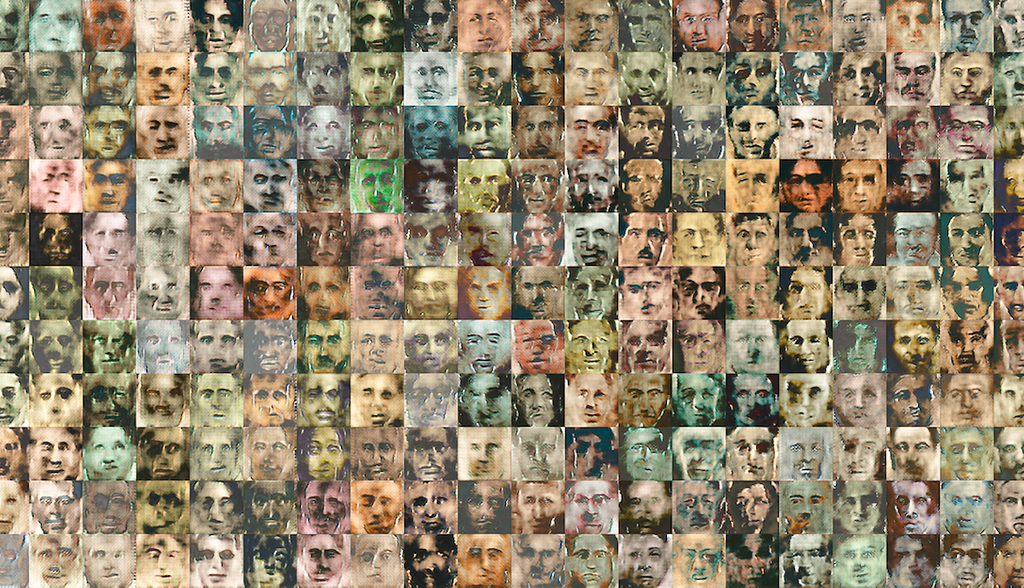
“Photography is a parenthesis in the evolution of image-making” – Interview with Joan Fontcuberta
Throughout his five-decade-long, internationally renowned artistic career, Joan Fontcuberta constantly had his finger on the pulse of our ever-changing visual culture. Situated at the intersection of art, science, and technology, his photo-based conceptual practice provides precise and critical reports on the experience of our contemporary society. Although his work can be explored through a number of different subjects, on the occasion of his Artist Talk presentation held at the Moholy-Nagy University of Art and Design Budapest, we asked him about his research on the post-photographic condition.
Your diverse yet coherent artistic, theoretical, curatorial, and pedagogical work begs the question: what personal interest led you to the deconstruction of images?
I was born in Spain under Franco’s dictatorship. Alongside many other colleagues of my generation, I wanted to fight against authoritarianism. Going against the system probably solidified my interest in photography, which was used at the time as a medium to reinforce the autocracy. When I started to take an interest in visual culture in the early 1970s, photography was mainly used as a means to document events, and, because of the nature of the regime, quite dogmatically. Popular photographers of the time considered reportage and photojournalism as the true essence of the medium. In contrast, experimental and conceptual genres were marginalised, and photography as anything else than a means for witnessing and documenting was labelled “painting using a camera”. This meant that my earliest explorations were already intended to demonstrate all the different expressive possibilities of photography.
Miracles (2002)
Over the past decade, you have followed the evolution of the post-photographic condition particularly closely. In a previous interview, you attributed this photographic turn not only to technological progress but also to the shifting context. What change did the context surrounding images undergo?
My work is focused on three different aspects: the photographic nature of truth, memory, and matter (meaning the physical appearance of photography). I did my first solo exhibition in 1973, which means that this year, I’m celebrating half a century of career in photography. Over this period, I’ve explored two main concepts. In the late 70s and early 80s I proposed the idea of counter-vision to deconstruct the photographic medium and to look for alternative possibilities. Of course, this wasn’t meant as an attempt to reduce the photographic practice, quite the opposite – I wanted to expand it to include many other possibilities, different media, space, words and so on. This led me to the still evolving concept of post-photography. Though it is difficult to pinpoint the exact year of its conception, I would put the date around 1989. Two very important events took place that year: one was the fall of the Berlin Wall, ushering in a new political world order. The second was the invention of Photoshop, which signified the beginning of a new visual order. These two were happening in parallel – as the world was changing, it had to be supported by a new visual culture.
I assume the post-photographic condition has undergone a lot of changes since 1989…
The three waves of the post-photographic period are embedded in an era defined by instantaneity, fluidity, and globalisation – or as the French theorists Gilles Lipovetsky and Marc Augé called it, Hypermodernity. The first wave dates back more or less to the 1990s, hallmarked by the advent of digital cameras, software such as Photoshop, home scanners and so on. The second wave came ten years later with the rise of the Internet, social networks, mobile phones, and instant messaging systems. Finally, the third and present period started in the 2010s as artificial intelligence algorithms and facial recognition technology started to emerge.
Sputnik (1997)
The notion of photographic truth is also interesting as it relates to the transforming visual culture. How do we relate to it in the era of post-photography?
From a sociological and epistemological point of view, photography is very special because it created a sense of inherent truth. We still tend to treat photographs as documents, even though we know how easy they are to manipulate. I believe that the truth of photography is a matter of faith: Even though the medium isn’t ontologically tied to truth, it had the power to convince the viewer about its ability to depict the world objectively.
As visual culture evolved, we came to understand that photos were constructions created by us with only a symbolic relationship to reality. The next step in this evolution are digital technology and algorithm-generated images that look eerily like photographs – the only difference is that they are created from zero, thus leading us back to the structure of paintings. In this sense, photography is a parenthesis in the evolution of image making.
Speaking of generative images, you have surely heard about one of the winning pictures of this year’s Sony World Photography Award turned out to be AI-generated. In your artistic practice you often reflect on technological progress, for instance you created your Prosopagnosia series using Generative Advisory Networks. What do you think about the connection between generative images and photographs?
Regarding the Sony World Photography Award, I read an article by a Barcelona-based journalist who was scandalised by what happened. “Perhaps one day, a picture generated by an algorithm will also win the World Press Photo”, she wrote. I feel like rather than making statements like this, we should ask ourselves whether something like the World Press Photo contest still makes sense today. Since documentary photography has become quite a controversial field, there might not be a point to these contests and awards. Stories like this also show that the fear of losing our trust in photographic veracity is rooted in naivety. We innocently believed that photographs bring us closer to the truth, and by now, this illusion has been shattered. Although, from an ontological, semiotic, and technological point of view, generative images are completely different from photographs taken by a camera, their similarity is still confusing to the eye of the observer. This creates a visual chaos, which will probably hold a great many challenges especially in particular in photojournalism and science. In response to this crisis, we are going to start adopting a more critical approach to studying images around us.
Prosopagnosia (2019-2021)
Meanwhile the homo photographicus has been born…
Today, we are all photographers using images as a natural, spontaneous way of communicating and still having difficulties to understand their contexts. Thus, the need to improve visual education is all the more pressing in our post-photographic era.
To quote László Moholy-Nagy, “The illiterate of the future will be the person ignorant of the use of the camera as well as the pen.” We could apply this idea to our current situation and say that the illiterate of the future will be those not understanding the new algorithm-based image making processes.
The rapid transformation of visual culture may generate some insecurity in our society.
The thing is, we are in the middle of a revolution, exactly like in 1839 with the advent of photography. At the time, people couldn’t understand what they were seeing – photographs seemed like reflections captured by strange mirror. But while a reflection would keep changing in the mirror, the photographic image would show a reflection frozen in time. It was like a miracle that the average person couldn’t make sense of. Now we experience the same mixture of thrill and fear when looking at an artificially generated image. We understand that this new image making process will change our future, though we don’t yet know how. Every revolution has constructive achievements while erasing other, older values: it’s all about balancing the effects.
Fauna (1985-1990)
This year’s Sony World Photography Award can essentially be regarded as a hoax, and hoaxes are a fundamental part of your art. Why can such media hacks be important components of the post-photographic artistic practice?
I like to think of an artist as a hacker. Since art is a means of fighting authoritarian regimes, I’ve been following recent events with great enthusiasm. We have all these new tools, such as AI, further enhancing our creative capacity. Furthermore, I think that artificial intelligence will always be controlled by the human mind because generated images – much like photographs – do not have a meaning by themselves. They need the power of creation and imagination to build different contexts in which certain meanings can be assigned to them.
The analogy of the artist-hacker makes me think of the way your work can get absorbed by the art institution system despite its aim to deconstruct and question its function. What is your view on this?
In my opinion, art can be regarded as part of culture with its market, institutions, and collectors. But I’m mainly interested in the idea of art functioning as a laboratory. Art has the ability to show us the complex nature of the world while helping bring us closer to our spirituality. I believe that true art is capable of subverting its own concept. It has the power to tear down its old-fashioned institutions and academies and establish new models.
The way I see it, traditional art institutions will face their own revolution since they won’t be able to accommodate the newly emerging artistic practices.
I don’t think museums of contemporary art for instance can embrace all the fundamental changes happening now. They are too slow and too bureaucratic to understand and embrace the vitality of contemporary times. The things you can find on the Internet are much more interesting than the exhibitions offered by these institutions. Though struggling to shake off their ties to the 19th century, they are unable to keep pace with the present.
Orogenesis (2001-2006)
As you have mentioned earlier, another aspect of photography that deeply interests you is the way it’s connected to our memory. Getting back to AI-generated images, you created a series called Orogenesis, which are essentially algorithm-generated artificial landscapes. In an interview you gave in connection with this work, you said “[…] the representation of nature no longer depends on the direct experience of reality, but on the interpretation of previous images, on representations that already exist”. If there is no ‘natural nature’ anymore, is there no ‘natural memory’ either? How does the function of our memory change in the post-photographic era?
Regarding memory, there are two considerations worth mentioning. The first is Marianne Hirsch’s proposal of postmemory that suggests our information on the past should be used as a material, as a pretext in creating narratives for our future. Postmemory does not connect with the facts through a mere record of data but through creative involvement and thus produces new empathies with the past. The second interesting approach is about presentism which views the chronological steps of the past and the future collapsing into the present. Several philosophers like Koselleck or Hartog proposed that since we have no capacity to recover the past while also having lots of uncertainty about the future, we are essentially installed in a dilated present.
Photography tells us about the past, but post-photography tells us about the present, because what it does is keeping us in a suspended, eternalized present. We live in a continuous present, a sort of no man’s land between our experiences and our expectations.
Then we could say that photographic images don’t remind us of anything – we just use them in order to construct our past, present, and future.
There has been a strong connection between photography and memory over the past two centuries. Just think about family photo albums capturing the history of several generations and preserved like some sort of sacred relics. Today, when you throw a birthday party for instance, you take photos with your mobile phone in order to send them to those who couldn’t attend. Most of the time once the pictures are received and the information is transmitted, they get deleted. The way we use the photograph as a means of communication completely changes the relationship between images and memories. This is also related to the massification of images – abundance causes loss of historical value. A few years ago, I did a project in a small village in Central Spain. I asked all the locals to bring their family albums or family photos so that we can compile an archive of the village’s collective memory. There was an elderly lady who came with three old, sepia toned pictures. That was her treasure – all her life, all her history condensed in three photos. And then there was a young couple who brought a SIM card with some 2,000 photographs of the baby they just had. For the older generations, three photographs are the synthesis of a whole life. For younger people, 2,000 pictures are just an account of a single important event in their life. The sheer amount of images is the reason why photography is not so closely connected to memory anymore. Some time ago remembering was an obsession, now it is an option.
Googlegrames (2004-2010)
It will be interesting to see how we are going to look back on the meaningful moments of our lives in a couple of decades. From time to time I try to save my photos to a digital archive but many of them still end up being deleted.
That’s another aspect to be considered because while some people backup their photos, the majority don’t care to. Then one day their phone breaks or gets stolen and all the memories are gone. Printed photos may not last forever, but they are still more durable than our ephemeral and vulnerable digital images. Thus, I’m afraid the coming generations will have very limited access to their memory.
As for printed photographs, I would like to mention one last post-photographic phenomenon. While in our digital age we are facing the erosion of our old photographic documents, analogue photography is currently undergoing a renaissance. What could the emergence of this trend signify?
I think the newfound enthusiasm surrounding analogue photography could be compared to the evolution of our transportation. While some generations ago, people rode horses to get from one place to another, we now use cars. Although we don’t use horses for daily transportation, they are still part of our culture for instance in equestrian sports. As their role changed to mainly illustrative, they have also become more expensive. The same happened during the transition from analogue to digital photography. We can still create a nice daguerreotype, it’s just going to be way more expensive, slower, and less accessible. As for the archaic photography trend, I have noticed a new, exciting, sustainability-focused approach. Some young photographers refuse to use traditional techniques because of the negative effects on the environment, prompting them to invent new processes. For instance, they came up with a technique called caffenol in which they use coffee to develop photographs. Another example would be antotype, a process that uses plants to create a photosensitive surface. Experiments to reinvent old analogue techniques are great symbolic gestures reflecting not only on our technocratic condition, but also on our environmentally polluting practices.
// /
Source of images: http://www.fontcuberta.com/wp/

